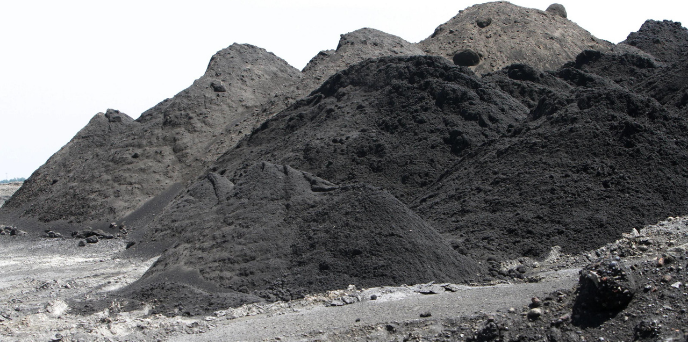OUR WORK
The mining and burning of brown coal in the Latrobe Valley has had a huge impact on the traditional lands of the Gunnaikurnai people over the last 100 years. As coal power stations in the Valley inevitably close, power station owners have a legal responsibility to ‘rehabilitate’ the mine sites to reduce the risk of future environmental disasters.
Mine rehabilitation is the process of repairing the damage done by mining activity. This can involve simply making the site safe and stable, but global best practice strives to create a landscape that can support future uses of the land – such as returning it to an agricultural landscape or identifying new beneficial uses.
At a practical level, coal mine rehabilitation typically involves flattening the steep sides of the mine, covering exposed coal with soil and clay and re-vegetating the area with trees and grasses. In the case of the Latrobe Valley mine sites, the government’s Latrobe Valley Regional Rehabilitation Strategy (LVRRS) released in June 2020 sets out a number of principles for how to achieve “safe, stable and sustainable” outcomes.
Mine rehabilitation has never been completed at the scale that is required in the Latrobe Valley. Government agencies, the mine operators and the community are embarking on a giant experiment.
Community voice for coal mine rehab
The way coal mines are rehabilitated has a huge effect on those living in the area now, and generations to come. But the issue is complex and even the departments who oversee mine reahbiliation are still unsure as to how they will acheive safe and stable solutions to filling mine voids in ways that will not further harm our water security and health. We are working with all sectors to try and understand these issues and educate our commnunity so we can continue to make informed choices for the best long term outcomes.
Advocating for the clean-up of coal ash
The regional transition and rehabilitation of Latrobe Valley’s coal mines must first begin with a thorough clean-up of the toxic coal ash dumps. At each of the power stations there are currently significant issues, including ground water contamination with heavy metals leeching into our water ways and ground water. Poor managment and regulatory oversight has lead to these dumps being a serious danger to our health and environment.


